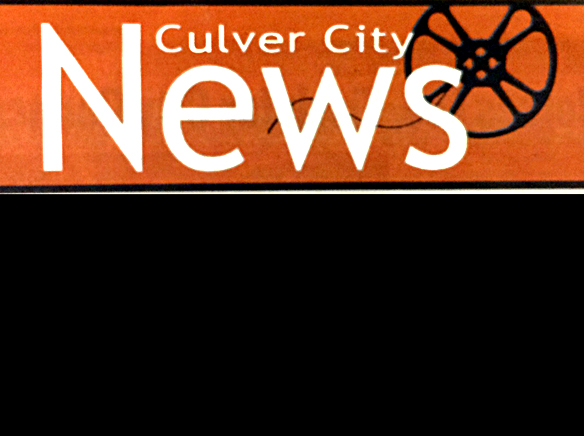Local environmentalists lamented the decision by the City Council earlier this year to delay taking action on prohibiting the sale of Styrofoam containers in Culver City.
But now some feel the decision to wait has paved the way for more detailed action on eliminating non-biodegradable material that scientists say causes physical damage to marine life when it enters the ocean and creates unsightly refuse on land.
Mayor Jim Clarke proposed going beyond a ban on Styrofoam and polystyrene products at the Nov. 28 city council meeting, which had been proposed by Culver City nonprofit environmental group the Ballona Creek Renaissance.
Clarke recommended scheduling a discussion at the Dec. 12 meeting to consider taking action on Styrofoam and polystyrene. But his proposal would go farther than the environmental nonprofit’s recommendations.
“The enhanced program that I am proposing includes a phase out and eventual ban of Styrofoam food containers, but that is only a part of a much larger and more comprehensive program,” the mayor wrote in a staff report. “While there is much merit in [Ballona Creek Renaissance’s] request to keep Styrofoam and polystyrene out of [Ballona] Creek and Santa Monica Bay, it is my feeling that we could go much further than a simple ban and become a leader on this issue, rather than just follow what other cities have done,” the mayor wrote in a memo to City Manager John Nachbar.
“I have presented this enhanced program to [Ballona Creek Renaissance] leadership and they were receptive to my proposal.”
“I wanted Culver City to be a leader and not just follow what other cities are doing. We had a chance to take a comprehensive approach to improving our environment and I didn’t want the opportunity to go to waste,” Clarke explained when asked about the memo the day after the meeting.
Among his 11 recommendations are adding additional blue and black receptacles along the Ballona Creek Bike path and additional blue and black receptacles at bus stops, parks and other public facilities, pursuing public-private and grant funding opportunities, conducting enhanced collection along Ballona Creek, parks, bus stops, etc. and pursuing greater enforcement of anti-littering ordinances, obtaining approval from court for traffic offenders assigned to Ballona Creek cleanups and phasing out Styrofoam take-out food containers from restaurants/take-out establishments and mandate “compostable” alternatives.
Councilman Thomas Small called Clarke’s recommendations “fantastic” and is looking forward to seeing how the council can act upon them, with assistance from the city’s staff and the council’s sustainability committee. “This was real leadership and it’s exactly what we need,” he said.
The committee has examined the potential for the ban on multiple occasions. While one member of the committee, Councilwoman Meghan Sahli-Wells, has been eager to move forward on it, the other member, Councilman Göran Eriksson, wanted more time to study a possible ban.
The committee hosted a Sept. 14 public meeting to gather additional input, especially from business owners.
Eriksson also expressed interest in looking at other pollutants that enter Ballona Creek. “It’s not just Styrofoam that ends up in Ballona Creek. There are many other contaminants we should look at,” he said in September.
Small commended Eriksson and Sahli-Wells for their work on the committee and envisions them playing a major role in the implementation of Clarke’s recommendations- if the council approves them.
“We can be leaders on this because we have a lot of expertise on the committee,” he said.
The U.S. Environmental Protection Agency and the International Agency for Research on Cancer consider Styrofoam to be a possible human carcinogen. Local organizations, such as ocean watchdog Heal the Bay, have supported bans on polystyrene and Styrofoam.
Asked if he thought the goals that he suggested in his memo to Nachbar were reachable, Clarke replied, “I believe all are achievable though some may take longer to achieve than others.
“Obviously putting out more litter receptacles or stronger enforcement of litter laws can be achieved quickly. Establishing a recycling program for polystyrene and Styrofoam or a food waste collection program will take time but doable.”
San Francisco and New York have banned Styrofoam, the former’s ban taking effect on Jan. 1, 2017. The New York ban was enacted in 2015
Small said the Dec. 12 meeting will be “hugely important” for the council. “Any system that we put in place needs to be prioritized and phased in, but banning Styrofoam would be a major step forward,” he said.
Ballona Creek Renaissance did not respond to inquiries for this story.
Gary Walker contributed to this story.














